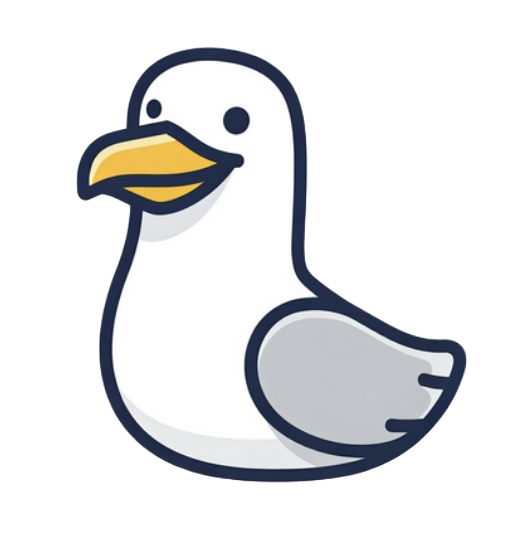Data Model
What is datagen?
Section titled “What is datagen?”datagen is a Domain Specific Language (DSL) that helps you generate realistic test data. You write simple model files that describe what your data should look like, and datagen creates realistic records for you.
What is a Model?
Section titled “What is a Model?”A model is a blueprint that tells datagen how to create your data. Think of it as a recipe with 2 main ingredients:
1. fields
Section titled “1. fields”Define what fields your data should have (like columns in a database table, keys in a document etc).
2. generator functions
Section titled “2. generator functions”Specify how to create each field (using built-in functions or custom logic).
Optional Configuration
Section titled “Optional Configuration”- Metadata: Set default record counts, add tags for organization
- Misc: Define constants and custom types for reuse
A Simple Example
Section titled “A Simple Example”Let’s start with a basic user model to understand the core concepts:
model users { fields { name() string age() int }
gens { func name() { return Name() }
func age() { return IntBetween(18, 65) } }}This model creates user records using stdlib functions with :
- A
namefield (string) that gets random names - An
agefield (int) that gets random ages between 18-65
When you run datagenc gen users.dg, it creates records like:
Output:
user{name:Rosemarie Wiza age:34}Understanding the Sections
Section titled “Understanding the Sections”Every datagen model has two required sections:
1. Fields Section - What Data to Create
Section titled “1. Fields Section - What Data to Create”The fields section defines the structure of your data. It’s like creating a table with column names and types.
fields { name() string age() int}Common types:
string- Text (names, emails, addresses)int- Whole numbers (ages, counts, IDs)float64- Decimal numbers (prices, percentages)bool- True/false valuestime.Time- Dates and times
Any Go type is supported, including custom types you define.
2. Generation Functions Section - How to Create the Data
Section titled “2. Generation Functions Section - How to Create the Data”The gens section tells datagen how to fill each field with data. Each function must match a field name exactly and must always have a return statement.
gens { func name() { return Name() // Built-in function for random names } func age() { return IntBetween(18, 65) // Built-in function for random numbers between 18 to 65 }}You can use built-in functions or write custom logic for any field.
3. Function Calls Section - For Parameterized Fields (Optional)
Section titled “3. Function Calls Section - For Parameterized Fields (Optional)”See Advanced Concepts: Function Calls for usage, structure, and key points.
Structural Constraints
Section titled “Structural Constraints”- Required sections:
fieldsandgens - Each field must have a generation function with the exact same name
- Return types in
gensmust match the declared field types - Field names must be unique within a model
- Parameterized fields require a
callssection that provides arguments matching the field signature
Complete Example
Section titled “Complete Example”Here’s a complete model that creates user data:
model users { fields { name() string age() int email() string is_active() bool created_at(start time.Time, end time.Time) time.Time }
gens { func name() { return Name() }
func age() { return IntBetween(18, 65) }
func email() { return Email() }
func is_active() { return true }
func created_at(start time.Time, end time.Time) { return DateBetween(start, end) } }
calls { created_at(time.Now().AddDate(-1, 0, 0), time.Now()) }}When you run datagenc gen users.dg, you get:
users{name:Lexus Mann age:52 email:karlmarvin@haag.org is_active:true created_at:{wall:74407000 ext:63889607429 loc:0x1017cea20}}Next Steps
Section titled “Next Steps”Now that you understand the core concepts of datagen models, explore:
- Advanced Concepts - Learn about the
itervariable, cross-model references, and optional sections (metadata,misc,calls) - Built-in Functions - Discover all available data generation functions
- Examples - See practical model examples
- DSL Specification - Deep dive into the complete language specification
